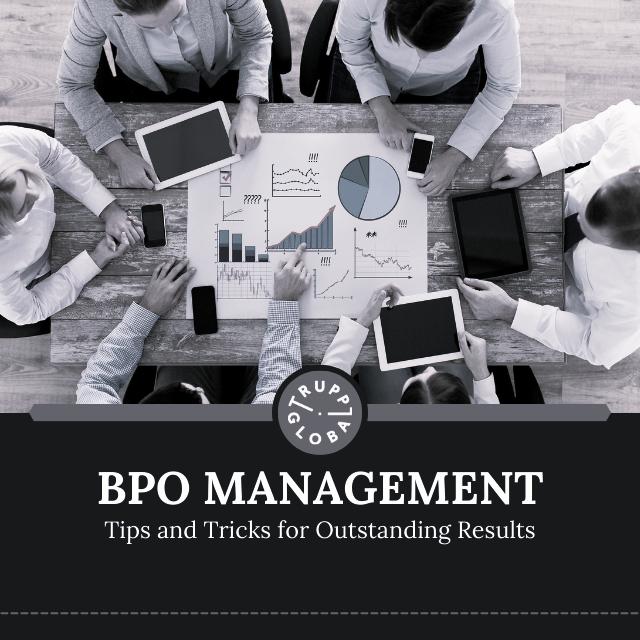Workplace culture is an essential factor in modern organizations, impacting job satisfaction by 42%.
A company’s culture should be built around fostering a positive environment where employees feel valued and can perform their best work. And what is the reward? Satisfied employees lead to higher productivity, lower turnover costs, and a competitive edge in the market.
So how can organizations create a people-first culture through work-life satisfaction? This article shares results-proven strategies. But first, what are the key factors that influence work-life satisfaction?
Key Factors Driving Work-Life Satisfaction
Employees must have the right tools, support, and flexibility to balance their professional and personal lives. But at what point does an employee feel satisfied?
Here are the primary components of work-life satisfaction:
Workplace Flexibility
Employees need to have flexibility in their schedules and work environment to balance their personal life. This includes offering flexible hours, telecommuting, and compressed work weeks. Allowing for this kind of flexibility helps employees manage stress levels and remain productive regardless of where they’re working from.
Positive Perceptions of Work
Employees get work-life satisfaction when they attach meaning and purpose to their work. But this does not just stop at the work environment. Instead, it extends to other areas of their lives, including but not limited to their home duties, family, and leisure.
Professional Development
The more employees can grow in their role, the more likely they will find satisfaction in their work-life balance. Employees should be encouraged to ask questions, take on new challenges, and develop new skills to serve them professionally and personally.
Respectful Environment
A respectful workplace environment is essential for employees to feel comfortable and happy. Respectful environments prioritize open communication, collaboration, and feedback, which helps employees become engaged in their work and builds a culture of trust among colleagues.
Emotional Social Support
Employees who are part of an inclusive, supportive team are more likely to feel satisfied with their work-life balance. This emotional social support is especially important during times of stress or transition, when employees can rely on their colleagues for guidance and understanding.
Strategies to Create a People-First Culture by Championing Work-Life Balance
Organizations that prioritize a people-first culture through work-life satisfaction command a competitive edge in the market, better employee engagement, higher productivity, and more returns.
Here are some strategies to get started and how to implement them:
Assess Employee Perception of Their Role in the Organization
Recall that one key factor that drives employee work-life satisfaction is their positive perceptions of work impact. Employees who perceive their work as meaningful and purposeful are more likely to be engaged, happier, and more productive.
But how do you evaluate your employees’ perceptions without compromising their privacy or feelings? Here are a few practical tips:
● Conduct surveys. Surveys are a great way to gather anonymous employee feedback on their perceived impact.
● Organize focus groups. Hosting focus groups allows you to discuss positive and negative perceptions in a safe environment.
● Host team meetings and one-on-ones. This is an excellent way to gain valuable insights into how employees feel about their organizational roles and any issues they face.
● Organize individual coaching and mentoring sessions. Employees can share their views in a safe and supportive environment when they have one-on-one conversations with managers, coaches, or mentors.
Foster a Culture of Flexibility
Organizations should create flexible working hours and allow employees to work remotely whenever possible. This gives employees much-needed time to care for personal matters without compromising their professional lives. According to Apollo Technical, employees who work from home are 47% more productive and clock more hours than those working on-site.
Here are effective strategies you can use to foster flexibility in your organization:
● Allow for flexible hours. Permit employees to work outside the traditional 9-to-5 schedule and extend their time off when needed.
● Encourage telecommuting. Where possible, allow employees to work from home or other remote locations that are more convenient for them.
● Provide core employee benefits such as health insurance, retirement savings plans, and access to corporate discounts. Allowing employees to access these services helps reduce the financial burden of paying out-of-pocket expenses.
Appreciate and Implement Strategic Breaks
Taking breaks throughout the day has been proven to reduce stress and improve employee performance. Organizations should appreciate the need for their employees to take lunch, snack, and other short breaks as needed. They should also provide employees with longer breaks such as vacation days, personal days, or paternity/maternity leave to help them recharge and refocus on their work.
Organizations can also implement strategic breaks such as team-building exercises, group lunches, or wellness activities to create a sense of community and foster better working relationships.
Invest in Employee Wellness Programs
Employee wellness programs are an excellent way to encourage employees to lead healthier lifestyles and reduce stress levels that can impact productivity. You want your workforce to perform their duties in the best physical and mental shape. This is where investing in wellness programs can come in handy.
Below are a few ways to provide and promote emotional support and wellness in the workplace:
● Offer stress management resources. Provide employees access to stress management classes, blogs, online courses, or mental health professionals.
● Organize regular physical activities. Promote exercise and healthy habits through team sports and recreational activities.
● Encourage proper nutrition. Provide nutritious snacks or meals for employees and promote healthy eating habits.
● Champion psychological support through licensed wellness providers or Employee Assistance Programs (EAPs). This allows employees to access counseling and other psychological services to help cope with any mental health issues.
Over to You!
Creating a people-first culture requires organizations to invest in work-life satisfaction solutions such as flexible working hours, strategic breaks, and wellness programs. When employees feel supported professionally and personally, they are more productive and engaged, enhancing the organization’s bottom line in the long run. So why wait? Start implementing these strategies today to create a people-first culture that benefits your work!
At Trupp Global, we appreciate the need for employers to create a people-first culture through work-life balance. Our business outsourcing services are tailored to help organizations reduce costs, increase efficiency, and focus on their core operations.
Ready to join hands with us? Contact us today to learn more!
Found this useful?





